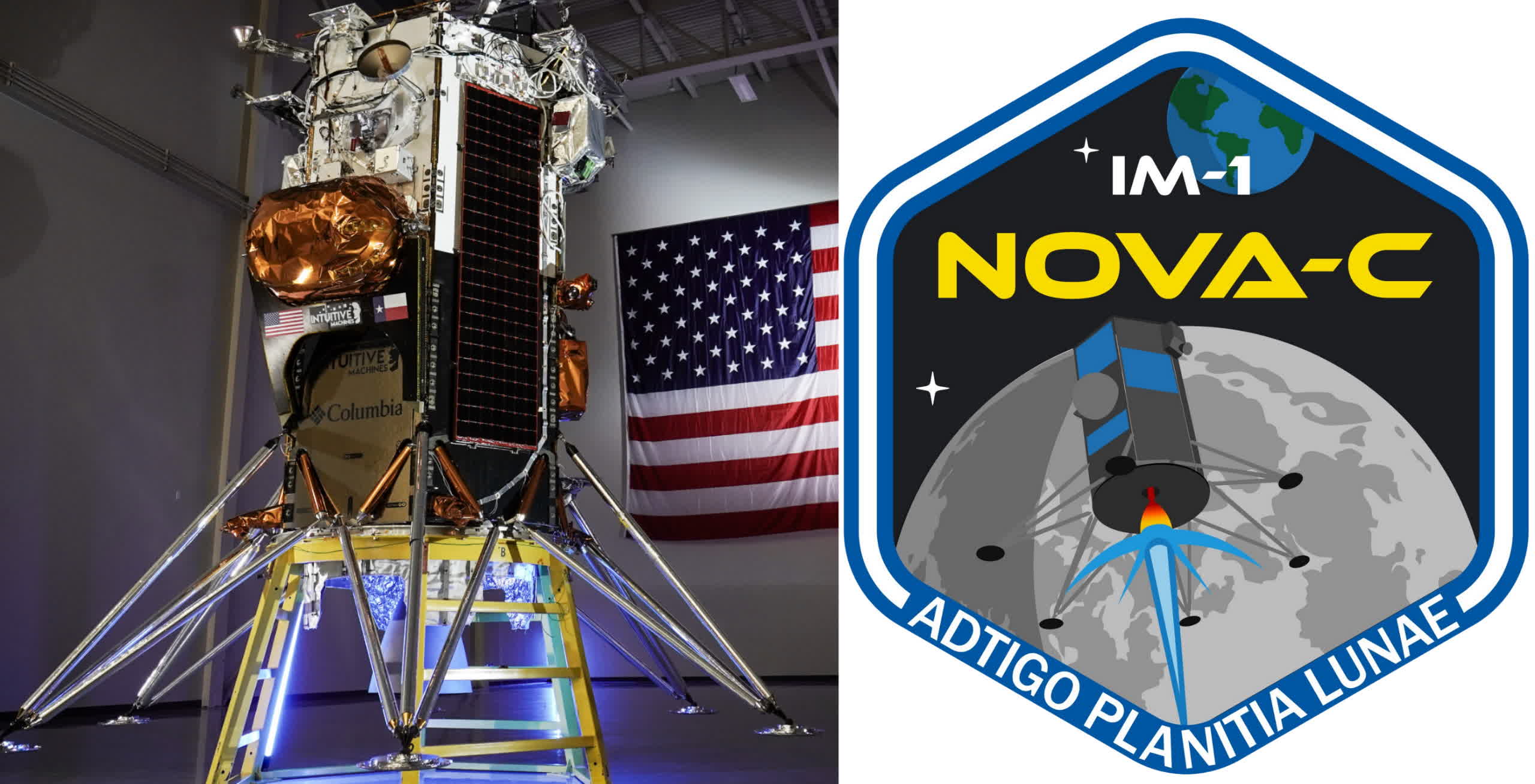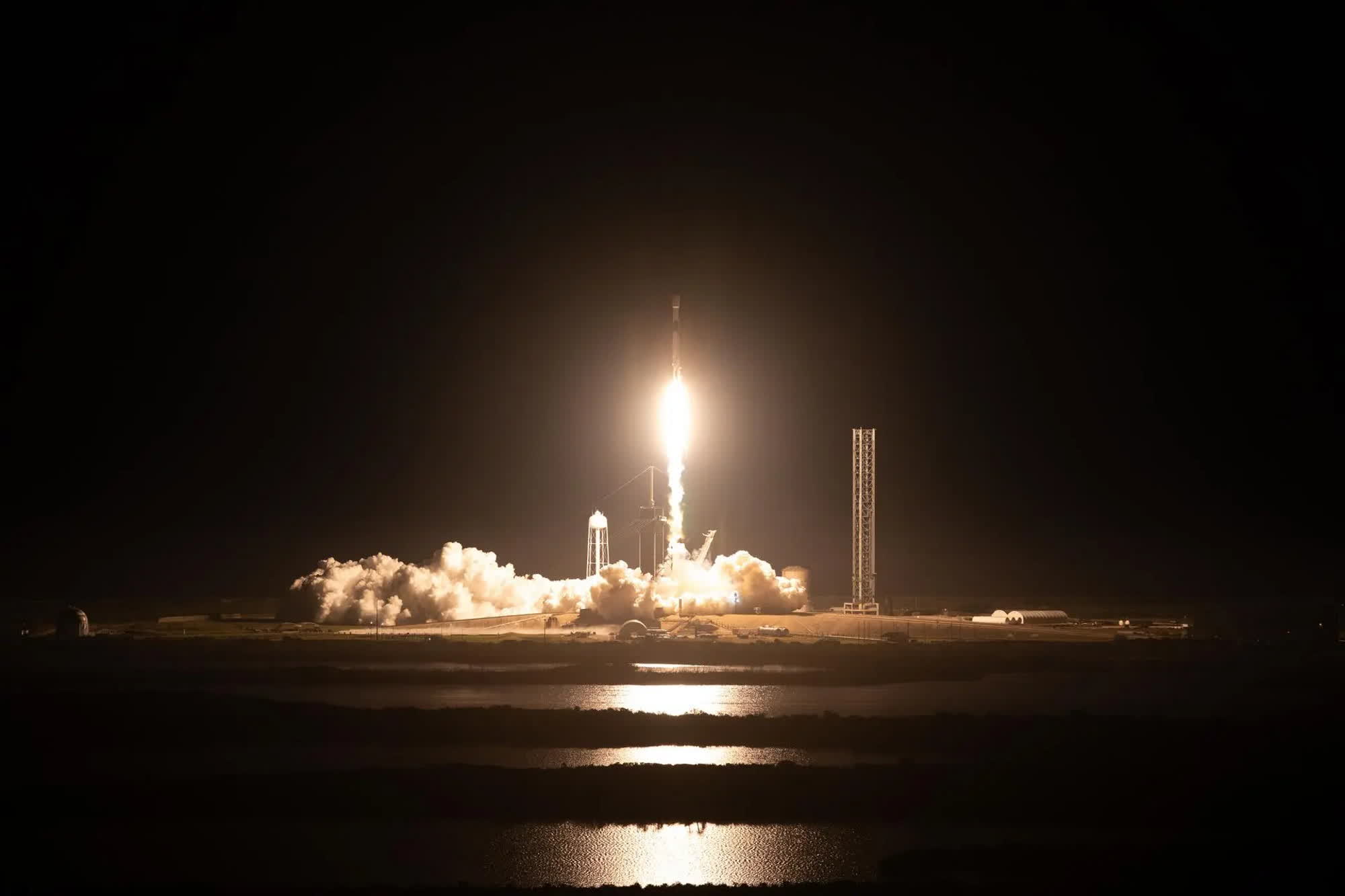Space Economy: Nova-C is a class of lunar landers created by Intuitive Machines, a Houston-based company working with NASA to bring and demonstrate new technologies on the Moon's surface. The first Nova-C mission (IM-1) has finally been launched and is now on course to land on the Moon's South Pole.

After several delays, the long-awaited IM-1 mission was launched on February 15 aboard a SpaceX Falcon 9 rocket. NASA confirmed deployment from the Falcon's second stage almost one hour later, and the spacecraft is now on its journey to reach the Moon with February 22 set as the estimated landing date.
Aptly nicknamed "Odysseus," the first Nova C-class lander is part of the Commercial Lunar Payload Services (CLPS) and Artemis initiatives by NASA. The US space agency is working with several American companies to deliver commercial payloads to the Moon, bringing scientific experiments and novel capabilities to the Earth's satellite as it prepares the upcoming human exploration missions.
NASA administrator Bill Nelson said that the Odysseus mission will be a "giant leap for humanity" while the new generation of Artemis astronauts is preparing to return to the lunar surface. These new "daring" Moon deliveries will help the agency support a growing commercial "space economy" where American technology is once again at the forefront of innovation, Nelson stated.

While traveling through space, Odysseus is measuring how fuel is used by the spacecraft's cryogenic engine. Additional data will be collected during descent, which will help NASA study the plume-surface interactions and test precision landing tech. Once on the Moon's surface, Nova-C will focus on studying space weather, lunar surface interactions and radio astronomy.
The lander brings several scientific instruments developed by NASA, including a small CubeSat-sized experiment designed to demonstrate autonomous navigation to use in future missions (Lunar Node 1 Navigation Demonstrator). A collection of eight retroreflectors will use lasers to measure distances for a potential, permanent location marker on the Moon for "decades to come" (Laser Retroreflector Array).
Other instruments include a Lidar-based guidance system for descent and landing operating on the same principles of radar (Navigation Doppler Lidar for Precise Velocity and Range Sensing), a sensor to measure fuel in spacecraft tanks in low-gravity environments (Radio Frequency Mass Gauge), and a radio device to check interactions between natural and human-made activities near the Moon surface (Radio-wave Observations at the Lunar Surface of the Photoelectron Sheath). Finally, IM-1 includes four tiny cameras to capture images of surface changes caused by a spacecraft's engine plume (Stereo Cameras for Lunar Plume-Surface Studies).
Odysseus is expected to land near a lunar feature known as Malapert A, which according to NASA is a "relatively flat" and safe region of the Moon's South Pole. The aforementioned scientific instruments will then spend seven days gathering and sending data back to Earth.
https://www.techspot.com/news/101911-intuitive-machine-nova-c-lander-finally-flying-moon.html